Thespesia populnea (L.) SOL.EX. CORREA |
| |
|
|
Botanical Name |
: |
Thespesia populnea (L.) SOL.EX. CORREA |
English
Name |
: |
Tulip or Umbrella Tree |
Synonym(s) |
: |
Hibiscus populnea Linn. |
Family |
: |
Malvaceae |
| |
General Info
| Description |
 |
|
This is a small tree. Leaves are about 7.5 cm across, roundish, cordate, acuminate, entire and 5 to 7 nerved with a glandular pore beneath between the nerves; petioles 6.25 cm long. Flowers are yellow and about 7.5 to 8.0 cm across on long peduncles. Calyx is 5-toothed. Staminal tube is toothed at the top; filaments ascending. The berries are globose and red when ripe. |
| Herb Effects |
 |
|
Anticancer, antiviral, alleviates spasms, antimalarial, antifertility and decreases sperm numbers (fruit); light, acrid, cooling and astringent (plant) |
Chemistry
| Active Ingredients |
 |
|
Beta-sitosterol, linoleic acid, myristic acid, oleic acid, palmitic acid (seed); gossypetin, gossypol, herbacetin, kaempferol, lupeol, populnetin, populneol, quercetin, rutin (flower). |
| Chemistry
of Active Ingredients |
 |
|
|
 |
Name |
CAS# |
IUPAC Name |
Formula |
Structure |
 |
|
| Kaempferol |
80714-53-0 |
3-[3-[4,5-dihydroxy-
6-(hydroxymethyl)-3-
[3,4,5-trihydroxy-6-
(hydroxyme
thyl)oxa
n-2-yl]oxy-oxan-2-yl
]oxy-4,5-dihydroxy-6
-(hydroxymethyl)oxan
-2
-yl]oxy-4,5-dihy
droxy-2-(4-hydroxyph
enyl)-chromen-7-one |
C33H40O21 |
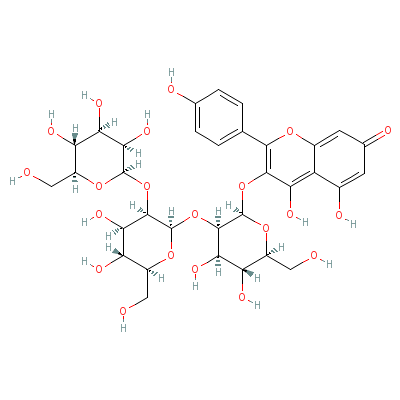
|
| Quercetin |
Not Available |
2-(3,4-dihydroxyphen
yl)-3,4,5-trihydroxy
-chromen-7-one |
C15H10O7 |
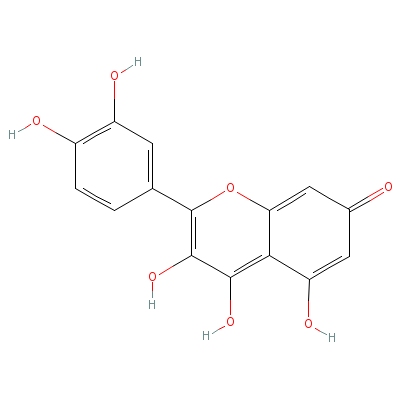
|
| Lupeol |
Not Available |
Not Available |
C30H50O |

|
| Rutin |
Not Available |
2-(3,4-dihydroxyphen
yl)-4,5-dihydroxy-3-
[3,4,5-trihydroxy-6-
[(3,4,5-tr
ihydroxy
-6-methyl-tetrahydro
pyran-2-yl)oxymethyl
]tetrahydropyran-2-y
l]
oxy-chromen-7-on
e trihydrate |
C27H36O19 |
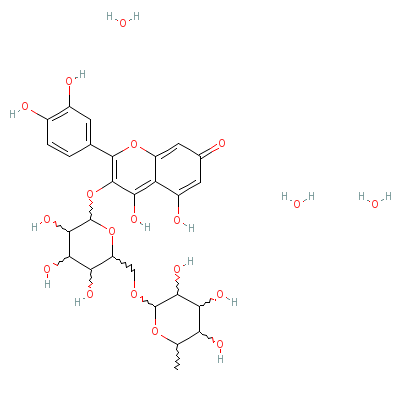
|
| Beta-sitosterol |
5779-62-4 |
17-(5-ethyl-6-methyl
-heptan-2-yl)-10,13-
dimethyl-2,3,4,7,8,9
,11,12,14,
15,16,17
-dodecahydro-1H-cycl
openta[a]phenanthren
-3-ol |
C29H50O |
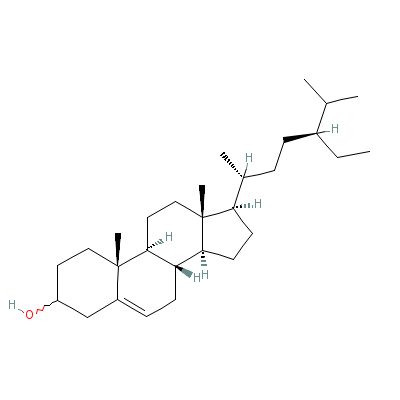
|
| Linoleic acid |
8024-22-4 |
Octadeca-9,12-dienoi
c acid |
C18H32O2 |
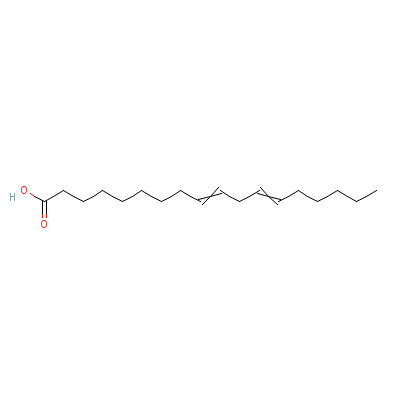
|
| Myristic Acid |
Not Available |
Hexane |
C6H14 |

|
| Oleic acid |
8046-01-3 |
octadec-9-enoic acid |
C18H34O2 |
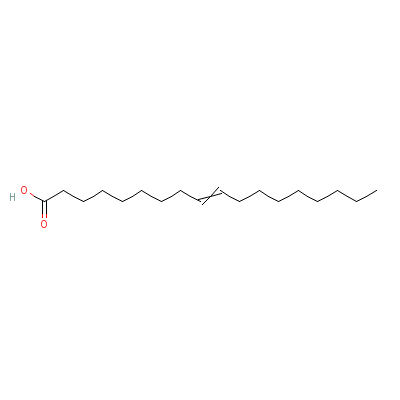
|
| Palmitic acid |
66321-94-6 |
Hexadecanoic acid |
C16H32O2 |
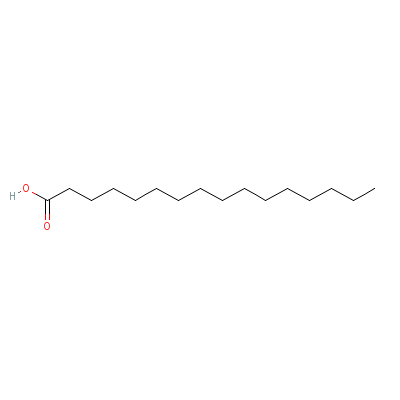
|
| Gossypetin |
489-35-0 |
2-(3,4-dihydroxyphen
yl)-3,5,7,8-tetrahyd
roxy-chromen-4-one |
C15H10O8 |

|
| Gossypol |
12542-36-8 |
7-(8-formyl-1,6,7-tr
ihydroxy-3-methyl-5-
propan-2-yl-naphthal
en-2-yl)-2
,3,8-tri
hydroxy-6-methyl-4-p
ropan-2-yl-naphthale
ne-1-carbaldehyde |
C30H30O8 |
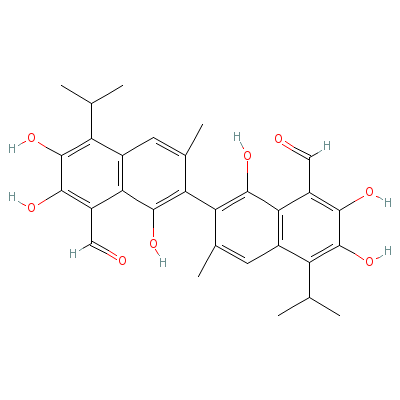
|
| Herbacetin |
Not Available |
3,5,7,8-tetrahydroxy
-2-(4-hydroxyphenyl)
chromen-4-one |
C15H10O7 |

|
| Populnetin |
520-18-3 |
3,5,7-trihydroxy-2-(
4-hydroxyphenyl)chro
men-4-one |
C15H10O6 |
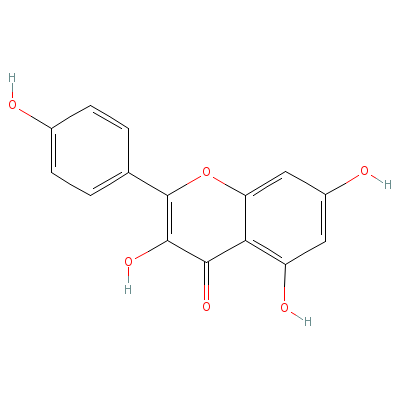
|
|
Pharmacology
| Medicinal Use |
 |
|
Scabies (fruit, root and leaf); migraine and insect bites (fruit); dysentery (bark powder); for the treatment of skin diseases such as eczema, scabies, psoriasis, ringworm and guinea worm (bark, leaves, flowers and fruits); for treatment of dysentery, piles and diabetes (plant); as an external wash in the treatment of skin diseases (bark decoction); to relieve inflamed and swollen joints (leaf as poultice). |
| Reference |
 |
|
 Chandel et al., Biodiversity in Medicinal and Aromatic Plants in India. Chandel et al., Biodiversity in Medicinal and Aromatic Plants in India.
|
Dealers
Products
|
|